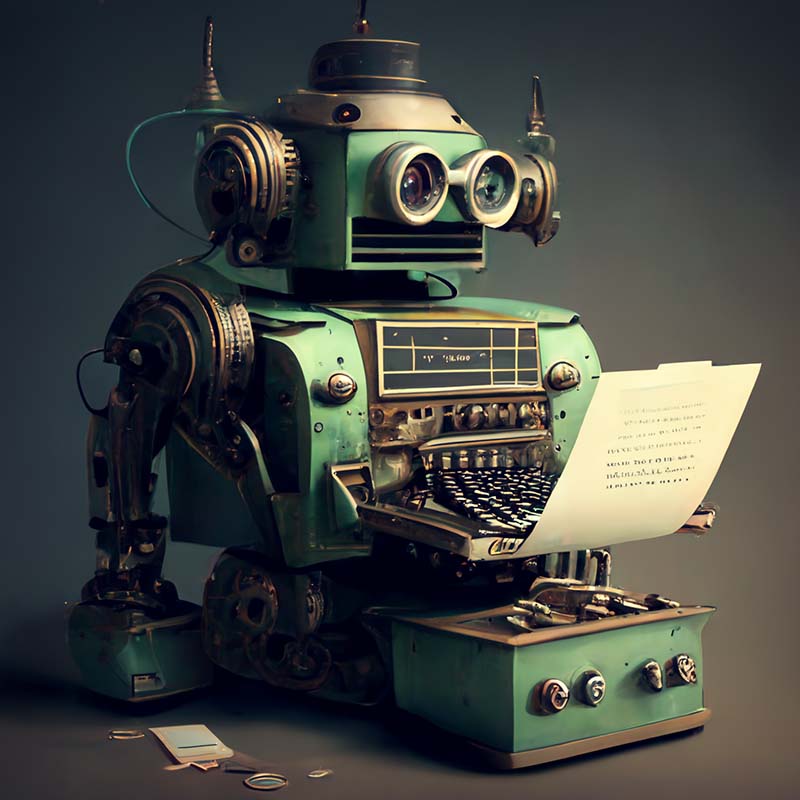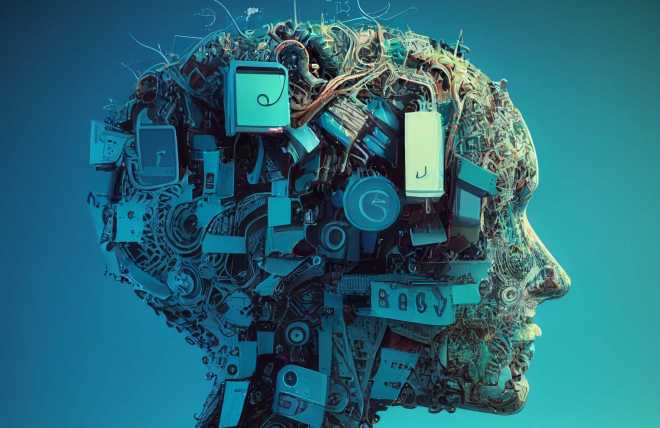AI-Powered Content Creation
Save Time and Boost Productivity with Automated Content Creation
Automated Content Creation: How AI Can Help Content Creators Save Time and Increase Productivity
As a content creator, you know how challenging it can be to consistently produce high-quality content that resonates with your target audience. From researching topics to writing and editing, the content creation process can be time-consuming and tedious. However, with the advent of AI and machine learning, automated content creation has become a reality, offering content creators a way to save time and increase productivity. In this article, we'll explore the benefits and challenges of automated content creation, types of content that can be automated, best practices for getting started, and real-life examples.
Benefits of Automated Content Creation
The most significant benefit of automated content creation is increased productivity and time management. By automating routine tasks, such as researching and generating ideas, content creators can focus on more creative aspects of content creation, such as writing and editing. This helps content creators produce more content in less time, which is crucial for meeting deadlines and keeping up with the competition.
Automated content creation also enables consistency and quality control. With the use of AI, content creators can ensure that their content meets a set of predefined guidelines, resulting in a more uniform and cohesive content strategy. Additionally, automated content creation can help with targeted content creation. By using AI to analyze data, content creators can identify their target audience's preferences, interests, and pain points and tailor their content to better address those needs.
Types of Automated Content Creation
There are several types of content that can be automated, including articles, blog posts, and social media posts.
- Article creation: AI can be used to generate news articles, reports, and data-driven content. For example, Reuters News Agency uses AI to create financial news reports, while the Associated Press uses AI to generate sports news reports.
- Blog post creation: AI can be used to generate blog posts on various topics. For example, Hubspot's blog topic generator uses AI to generate blog post ideas based on a keyword.
- Social media post creation: AI can be used to generate social media posts and captions. For example, Hootsuite's social media content calendar includes a feature that suggests post ideas based on trending topics and keywords.
Challenges of Automated Content Creation
While automated content creation offers many benefits, there are also several challenges to consider. The biggest challenge is the lack of creativity and personal touch that AI-generated content can have. AI-generated content can lack the emotional depth and nuance that only humans can provide. Additionally, human oversight is still needed to ensure that AI-generated content is accurate, relevant, and engaging.
Another challenge is the issue of accuracy and plagiarism. While AI-generated content can be highly accurate, it can also be prone to errors, especially when it comes to grammar and syntax. Moreover, automated content creation can increase the risk of plagiarism, as some AI-generated content may unintentionally resemble existing content.
Best Practices for Automated Content Creation
To get the most out of automated content creation, content creators should follow some best practices. The first step is to choose the right tools and software. Several AI-powered content creation tools are available, such as Wordsmith, Quill, and Articoolo. Before choosing a tool, content creators should research and test different options to find the one that best suits their needs.
Establishing clear guidelines and parameters is also crucial for successful automated content creation. Content creators should define the target audience, tone, style, and other aspects of the content to ensure that AI-generated content aligns with their brand and content strategy.
Lastly, content creators should continually improve and optimize their AI-generated content. By analyzing performance data and making adjustments to the content creation process, content creators can ensure that their automated content creation strategy is delivering the desired results.
Real-life Examples of Automated Content Creation
Several companies are already using automated content creation to their advantage. For example, Forbes uses AI to write stock market reports, while the Washington Post uses AI to generate real-time weather updates. Additionally, several e-commerce sites, such as Amazon and Walmart, use AI to generate product descriptions and reviews.
Conclusion
Automated content creation is a game-changer for content creators looking to save time and increase productivity. By automating routine tasks, content creators can focus on more creative aspects of content creation and produce more content in less time. However, there are also challenges to consider, such as the lack of creativity and personal touch that AI-generated content can have. Nevertheless, by following best practices and continually improving and optimizing their AI-generated content, content creators can leverage the benefits of automated content creation and stay ahead of the competition.

AI can be a valuable tool for automating routine tasks and freeing up time for more creative work, but it's not a replacement for human creativity and personal touch.
Faq
- Q: Can AI-generated content replace human content creators?
A: No, AI-generated content can lack creativity and personal touch, which are important aspects of content creation. However, AI can be a valuable tool for automating routine tasks and freeing up time for more creative work. - Q: Are there any risks associated with using AI for content creation?
A: Yes, there are risks such as the potential for errors and inaccuracies in the content, and the risk of relying too heavily on AI-generated content and neglecting the importance of human oversight and quality control. - Q: How can I ensure that my AI-generated content is effective?
A: To ensure that your AI-generated content is effective, it's important to follow best practices such as defining clear objectives, using high-quality data, and continually optimizing and improving the content based on feedback and results.
Pros and Cons
Pros:
- Saves time and increases productivity for content creators
- Can automate routine tasks such as generating headlines and summaries
- Can produce content at scale and with speed
- Offers real-time updates and personalized recommendations
- Can help improve the quality and relevance of content
Cons:
- Lack of creativity and personal touch in AI-generated content
- Risk of errors and inaccuracies in the content
- Dependence on high-quality data and algorithms
- Need for human oversight and quality control
- Potential for overreliance on AI-generated content and neglecting the importance of human creativity and expertise.
